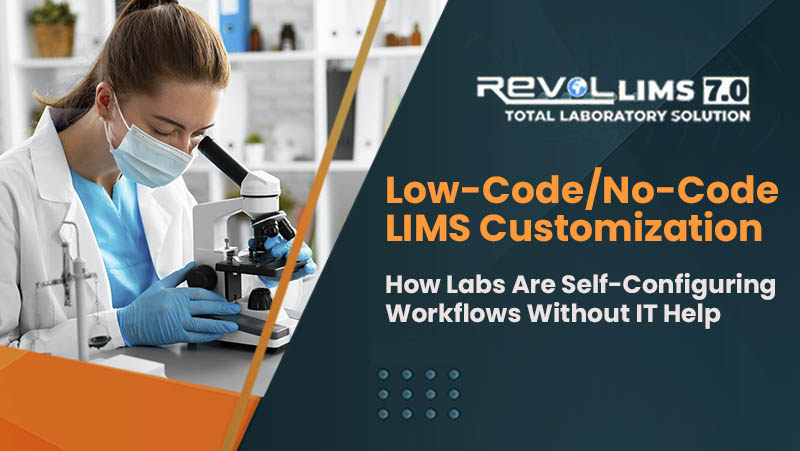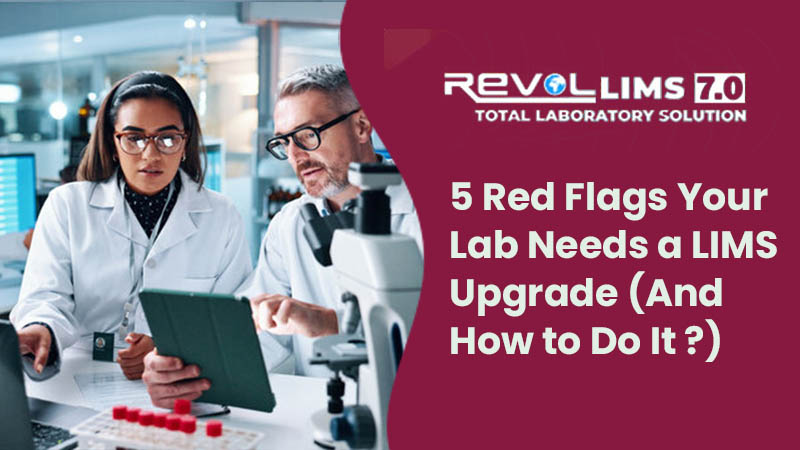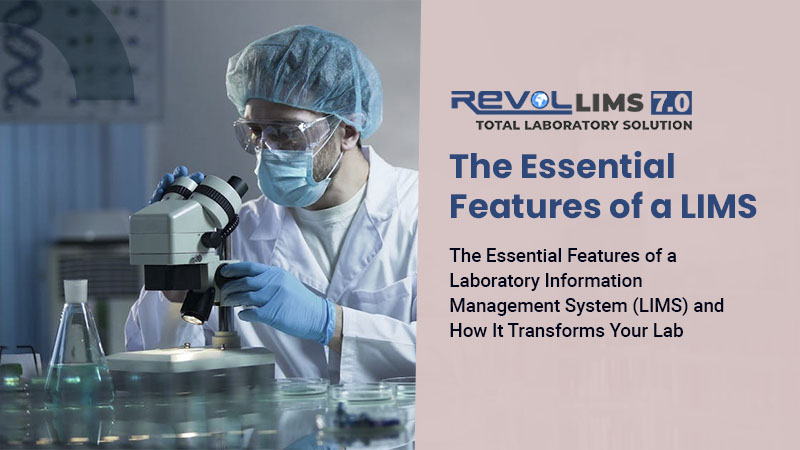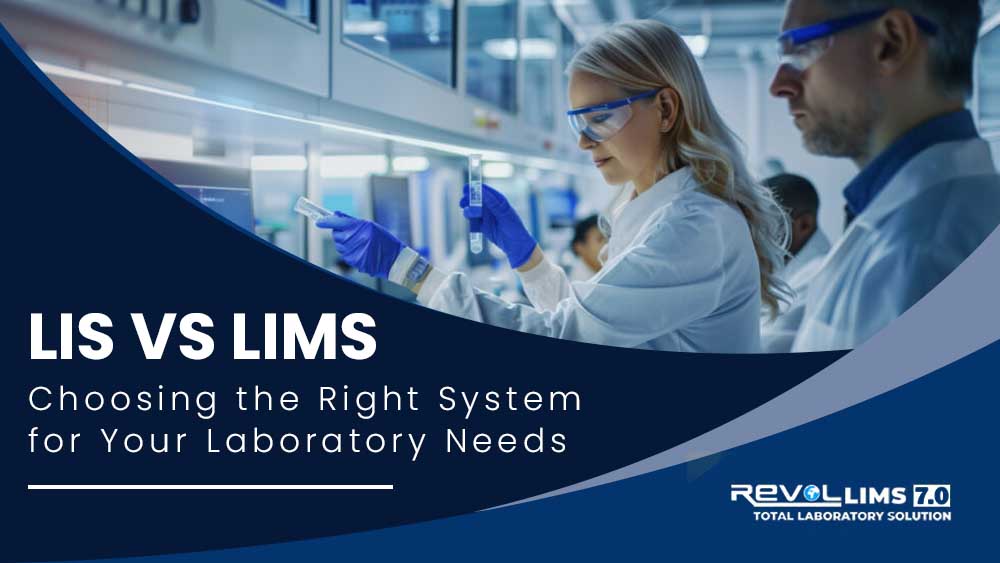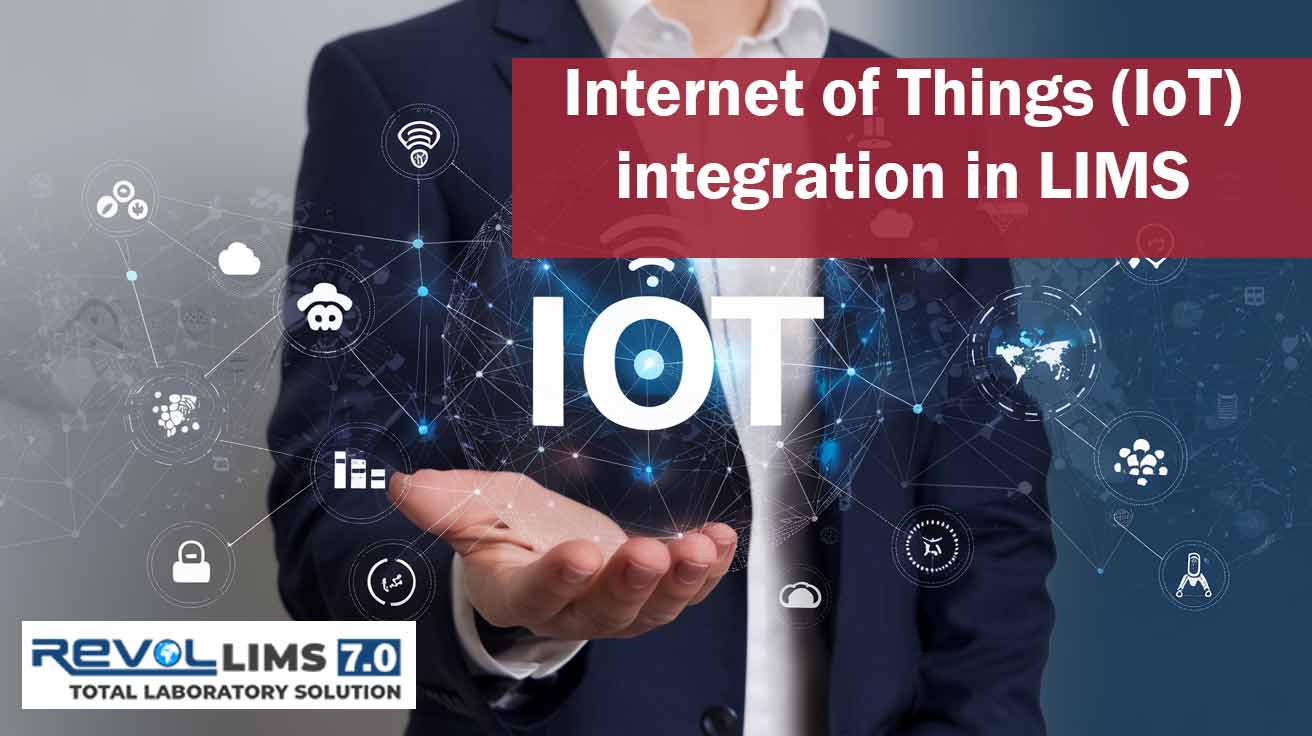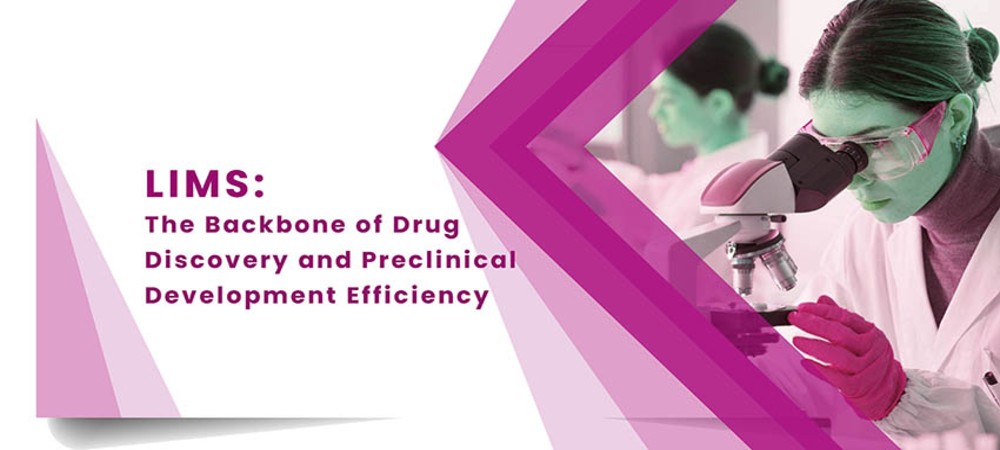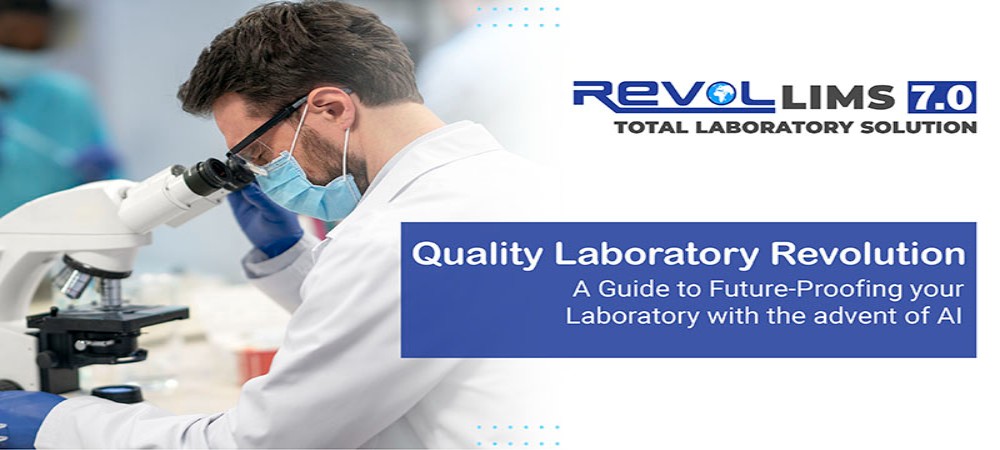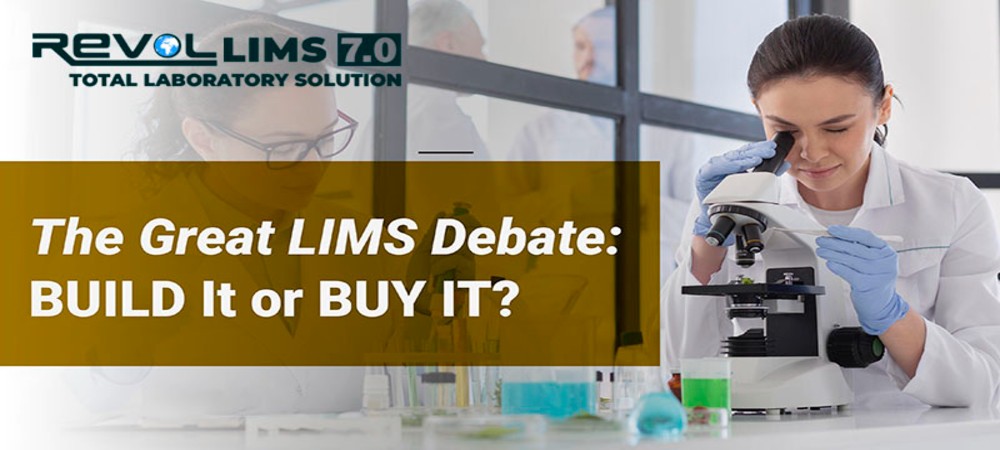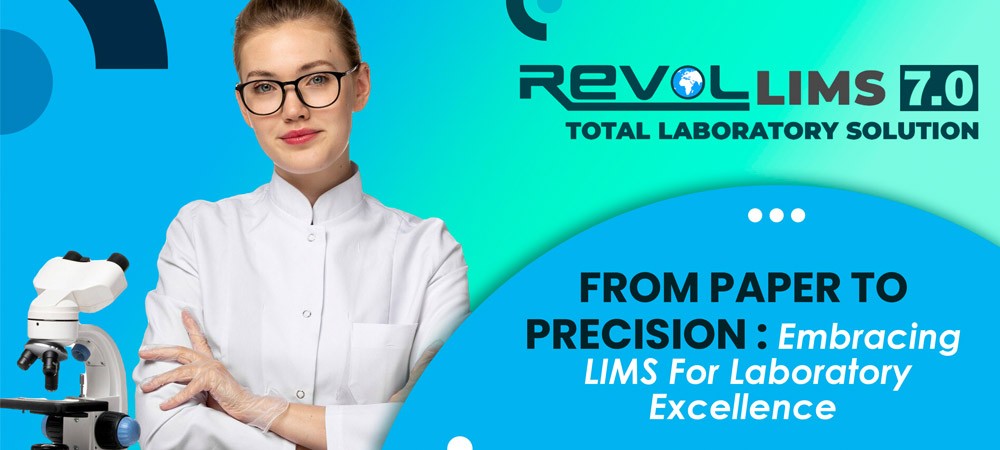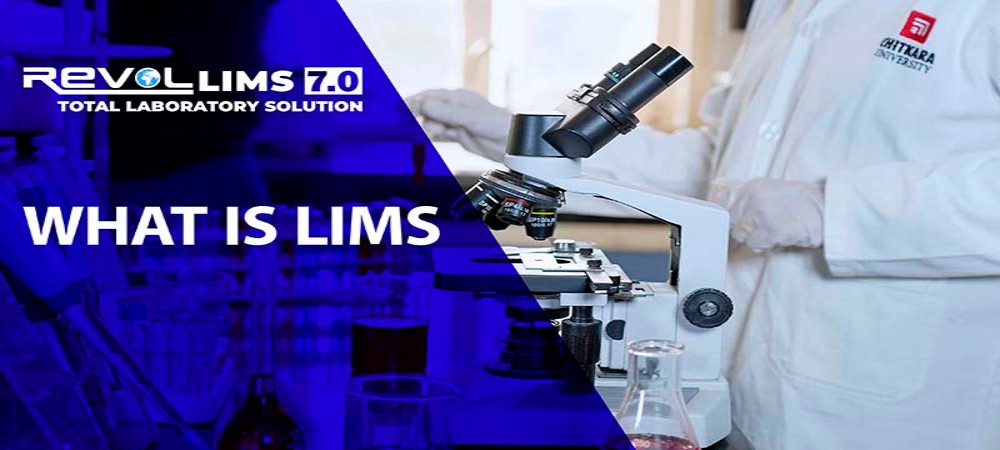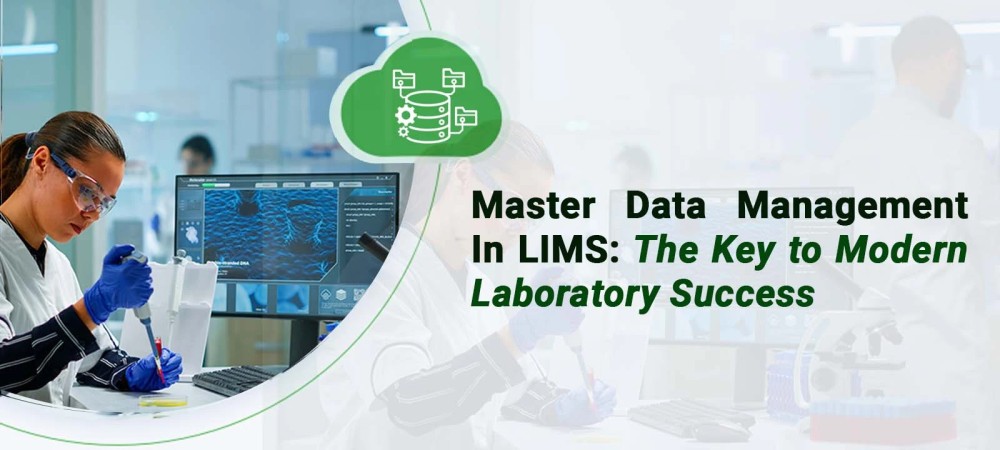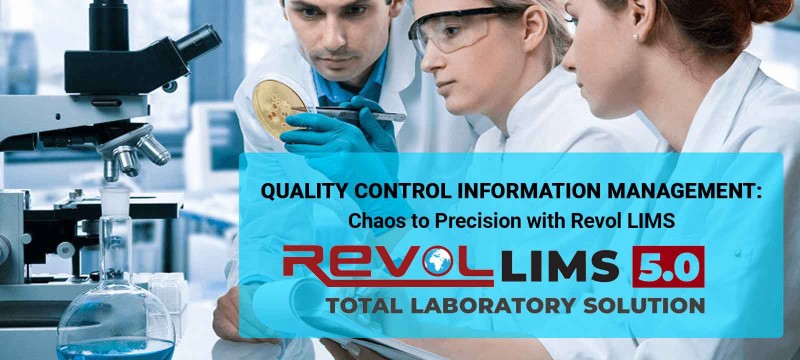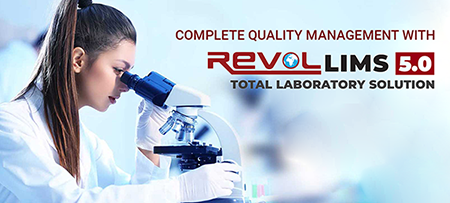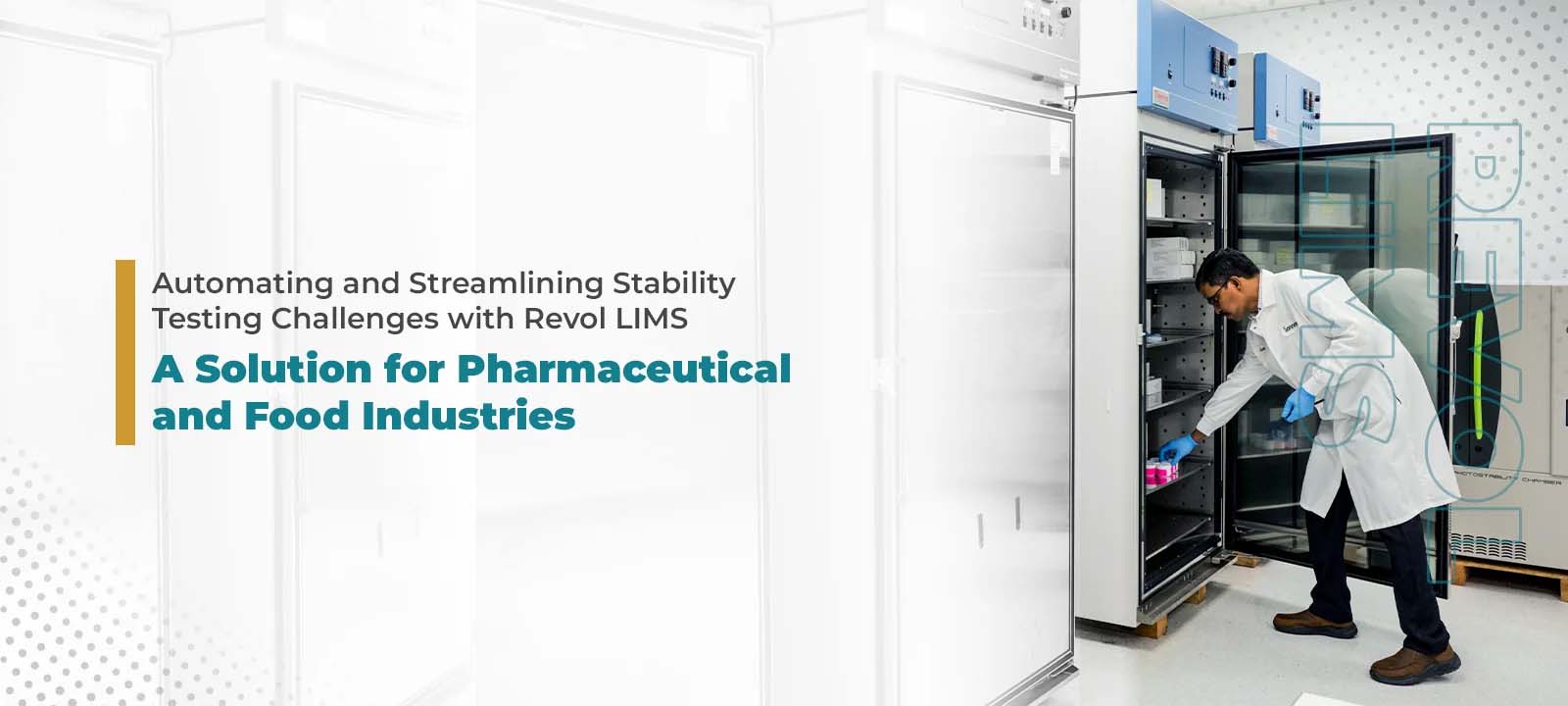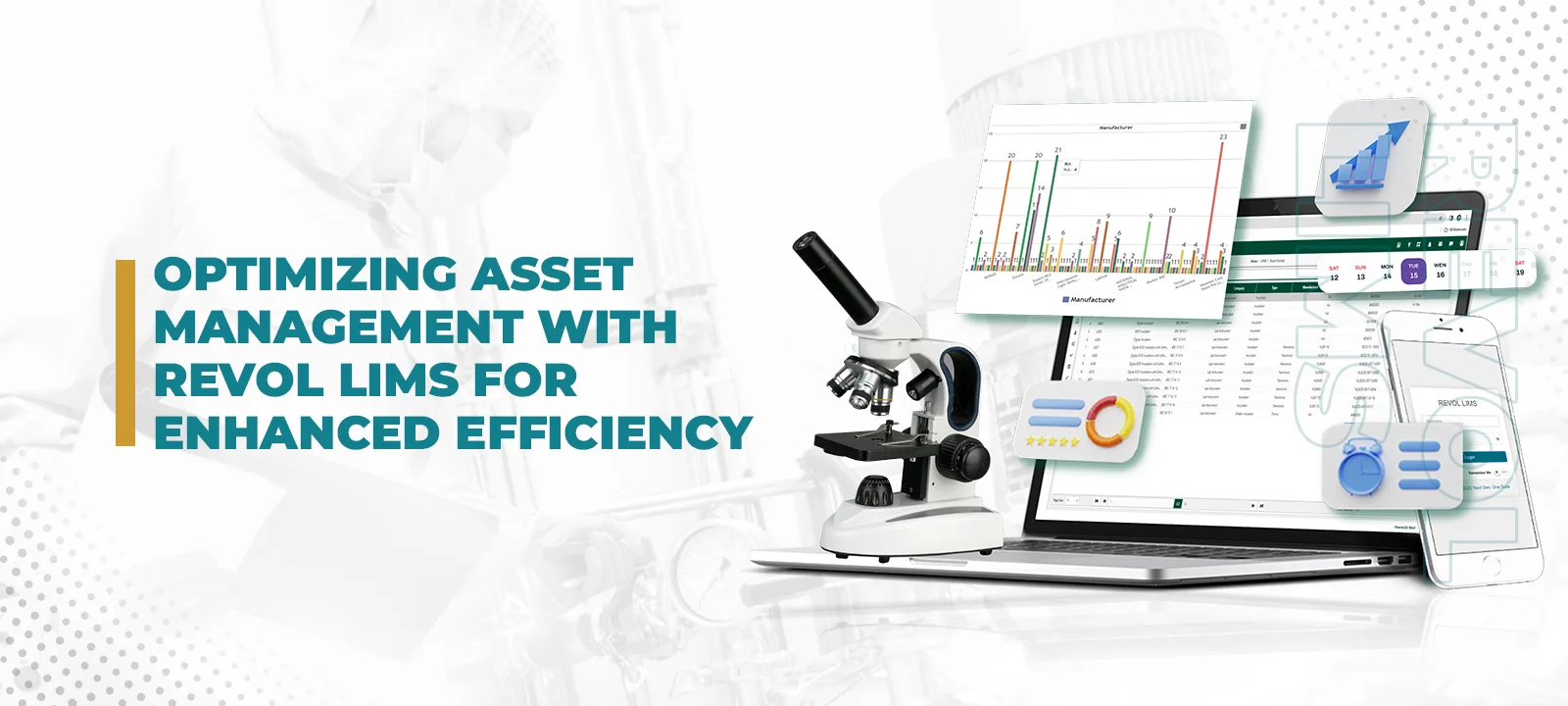
Introduction
A Laboratory Information Management System (LIMS) is a software solution designed to streamline modern laboratory operations, helping manage samples and data to improve productivity. Key features of LIMS include flexible architecture and robust data tracking capabilities. Over the years, the role of LIMS has expanded from simple tracking to comprehensive enterprise resource planning, managing various aspects of laboratory informatics.
As organizations move into the fourth generation of LIMS, many seek to enhance or tailor their Lab Management Solutions to ensure seamless integration with their broader corporate Information Systems. Today, selecting the right LIMS architecture has become just as important as successful implementation and ongoing maintenance.
This article will guide you in selecting an affordable Laboratory Information Management System (LIMS) that meets your needs.
LIMS Requirements: Functionality Considerations
The first step in selecting the right LIMS is understanding the specific requirements of your laboratory. Before investing in any LIMS software from any vendor, it’s critical to ensure that the system meets all your lab’s needs. Key functional requirements to consider include test scheduling, sample collection methods, sample tracking, instrument control, report generation, quality control, and result publishing methods. By evaluating these needs, you can gain a clearer perspective on which LIMS will best serve your laboratory’s functions.
LIMS User-Friendliness
User-friendliness is another vital factor in selecting the ideal LIMS. The system should be simple to install, easy to update, and feature a user-friendly graphical interface with intuitive navigation. It’s important to choose a LIMS that can be easily used by those who may not be highly tech-savvy, ensuring that all staff can efficiently operate the system.
LIMS Compliance
Compliance with relevant regulations and guidelines is a crucial aspect of any Laboratory Information Management System. Non-compliant systems can result in costly consequences and damage the company’s reputation due to product failures or violations. Ensure that the LIMS software supports your laboratory’s adherence to industry standards, regulatory requirements, and best practices.
LIMS Automation
Another important consideration is the level of automation provided by the LIMS. A system that automates routine tasks and processes can significantly reduce manual work and improve efficiency. Look for LIMS that offer automation features for laboratory instruments, systems integration, workflow management, testing limits, and report generation.
LIMS Support: 24/7 Availability
When selecting a lab data management tool, ensure that the software provider offers 24/7 support. This is essential for addressing issues promptly and ensuring system stability. Whether it’s dealing with initial challenges or receiving support for system upgrades, reliable customer service is a must.
Conclusion
With the necessary information in hand, it’s easier to determine your current needs. However, the most challenging part is predicting your future requirements. Keeping the bigger picture in mind will help you make the best decision. Investing in an affordable LIMS solution, such as Revol LIMS, which offers preconfigured, out-of-the-box functionality, ensures smooth operations. This system is tailored to meet the specific demands of industries such as petroleum, chemical, pharmaceutical, healthcare, life sciences, forensics, environmental, and testing & calibration. By improving operational efficiency, reducing implementation costs, and boosting productivity, Revol LIMS helps laboratories save time and achieve greater success.
